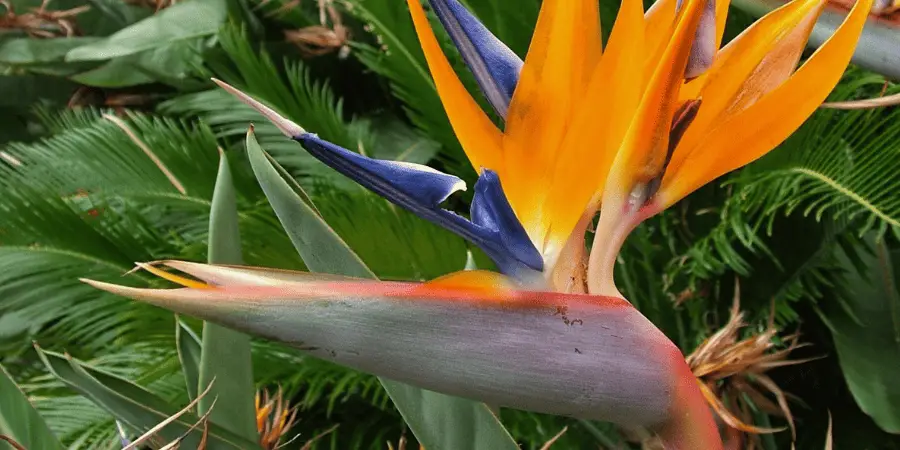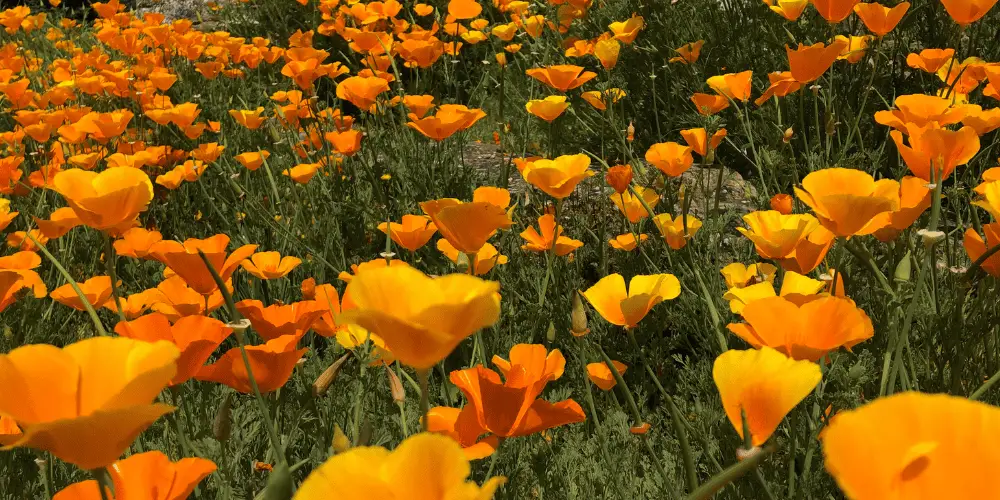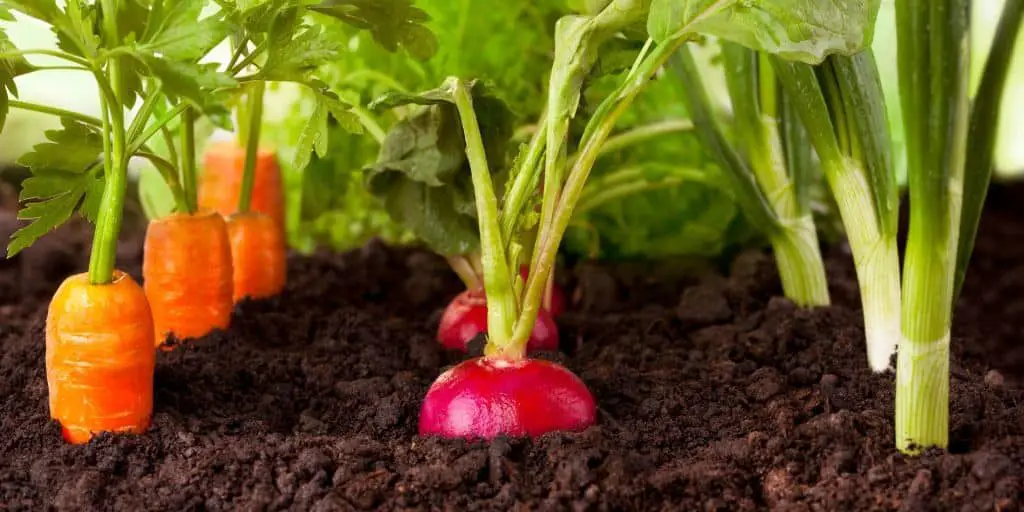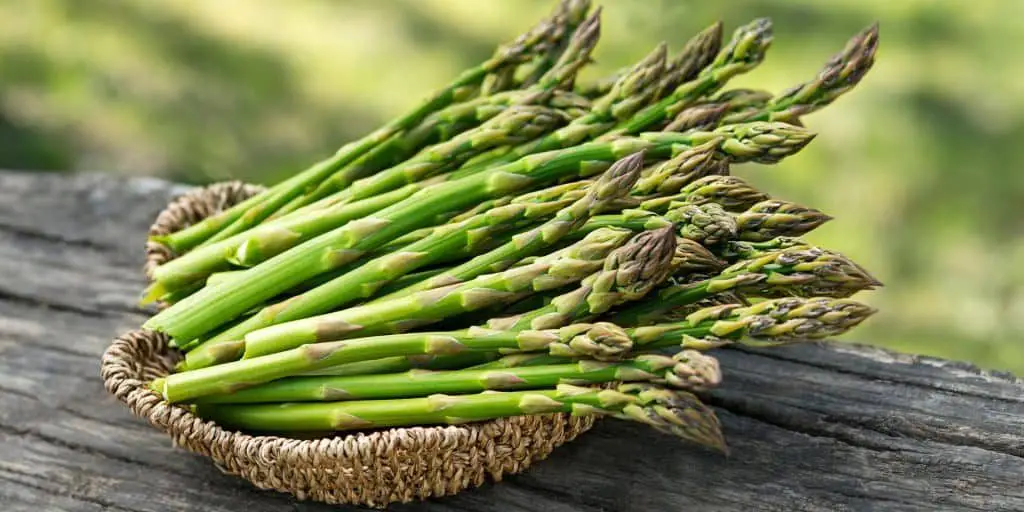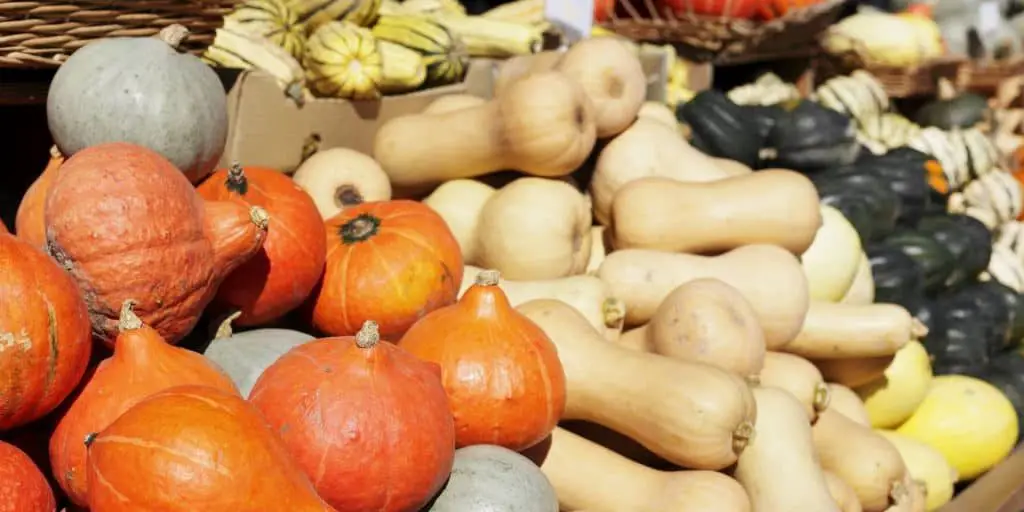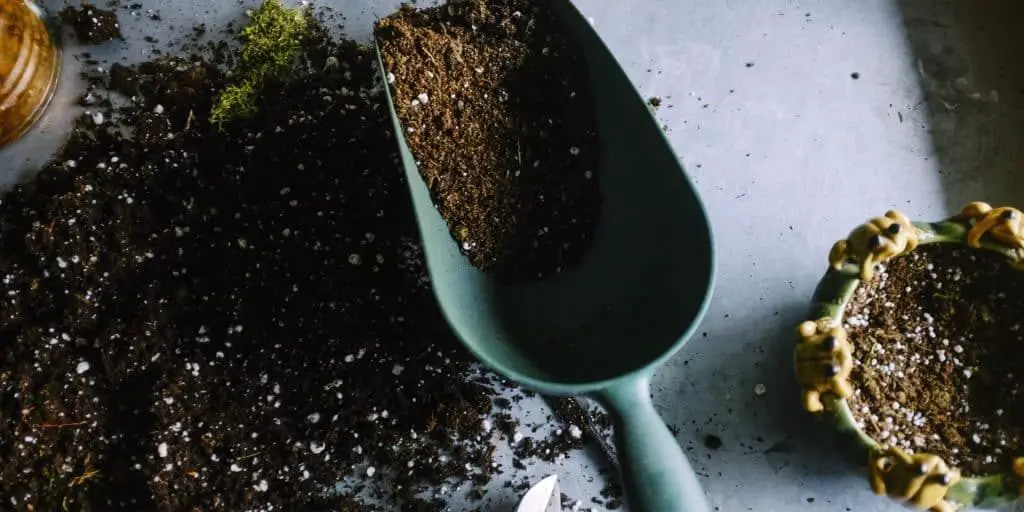
Potting Soil vs. Garden Soil
One of the first things you learn is gardening is that the type and quality of your soil makes a big difference in whether your plants live or die. This is especially true when it comes to potting soil vs. garden soil. Each has a different physical makeup and thus very different applications. Let’s dive into how potting soil differs from garden soil, why that matters, and how to apply this information to your garden for healthier, happier plants!
Different Ingredients
First, let’s go over just what ingredients go into a bag of potting soil vs. garden soil.
Potting Soil
Potting soil does not actually contain real soil. Instead, it is a mixture of pine bark, peat moss, and a porous mineral like perlite or vermiculite. It usually also has limestone added to counteract the acidity of these main ingredients. Depending on the brand, potting soil may also contain pelletized fertilizer and/or a wetting agent to help keep the planting medium from drying out.
Potting soil is engineered to be lightweight, well-draining, and contains organic matter. The organic materials often found in potting soil include compost, peat moss, coconut coir, bark, and other organic matter. These materials provide a range of nutrients, improve the soil structure (enhancing its ability to hold and drain water), and promote the growth of beneficial microbes.
Garden Soil
Garden soil primarily contains organic matter, which is vital for retaining moisture and supplying nutrients to plants. This organic matter can come from various sources, including composted animal manure, often from chickens or cattle. It might also include composted plants, used mushroom compost, or leftover bark from milling operations.
Mineral matter is another crucial component of garden soil, and it comes in forms like sand, silt, and clay. This is what you’ve referred to as “real soil.” The combination of these mineral elements can greatly impact the soil’s texture and drainage properties, which in turn can influence what types of plants thrive in that soil.
Certain garden soils may also include beneficial fungi known as mycorrhizae. These fungi form a symbiotic relationship with plant roots, facilitating more effective nutrient uptake.
However, it’s important to note that the exact composition of garden soil can vary significantly. Factors such as the soil’s source, the local climate, and ecology, and any added amendments can all influence the soil’s composition. While your description fits many garden soils, not all will contain every component you listed. For example, the proportion of organic matter can range widely, from a few percent to much higher levels found in rich compost or peat.
Moreover, the preferred soil type can differ between plant species. Some plants might thrive in sandy soils, others in clay-rich soils, and yet others in soils abundant with organic matter. That’s why understanding their plants’ specific needs and tailoring the soil to meet them is an important skill for gardeners.
So how do these two formulations play out differently in the garden?
Different Uses in Potting Soil vs. Garden Soil
A big indicator of where to use which soil lies in their names.
Potting soil is indeed best used exclusively in pots and containers like a freestanding raised bed. Thanks to its light consistency and highly porous ingredients, potting soil drains water much more quickly than garden soil or even the topsoil that you have in your garden.
Why is this important for pots and containers? Well-draining soil allows water to escape the soil in a timely fashion, allowing oxygen back into the soil and thus preventing root rot.
Root rot is exactly what it sounds like: waterlogged soil prevents oxygen from reaching the root ball, creating the perfect conditions for certain types of bacteria that cause rot. If you try to use garden soil in a pot, your plants will simultaneously drown and suffocate because the water that they received will not drain quickly enough.
However, because potting soil is low in organic matter and the nutrients that plants need to grow, plantings in pots and containers need regular amounts of fertilizer to reach their full potential.
Garden soil, then, is at its best when it is used for plantings other than pots and containers, such as flowerbeds, vegetable garden beds, or on-ground raised beds.
Drainage is not as much of an issue with in-ground plantings because there is so much more space for the water to go than there is in a pot. The priority here is for soil that is rich in organic material in order to build soil structure and attract beneficial insects, and contains most of the micro and macronutrients that a plant needs to grow.
A soil with good structure has three things:
- A light (not compacted) texture that is easy to plant roots and beneficial insects to work their way through
- A dark color imparted from the broken-down and bioavailable organic matter
- A nutrient and mineral profile that supports different areas of plant growth (nitrogen for the leaves; phosphorous for the buds, blossoms, and fruit; potassium for exchange within the plant’s cells; among many others)
The ingredient profile of garden soil should contain these three components. Bagged garden soil can be used alone to create new planting areas, or you can add it to the soil in an existing garden to help create a better overall soil structure for plants to grow in.
Conclusion
Soil is just one part of the gardening equation, but it is the part where the roots live, so it is pretty important!
We hope this quick overview helped you to understand not just what soil you should use for your garden projects, but why. Use the right soil, instead of settling for what you have on hand or what is least expensive, and you and your garden will reap the benefits.
